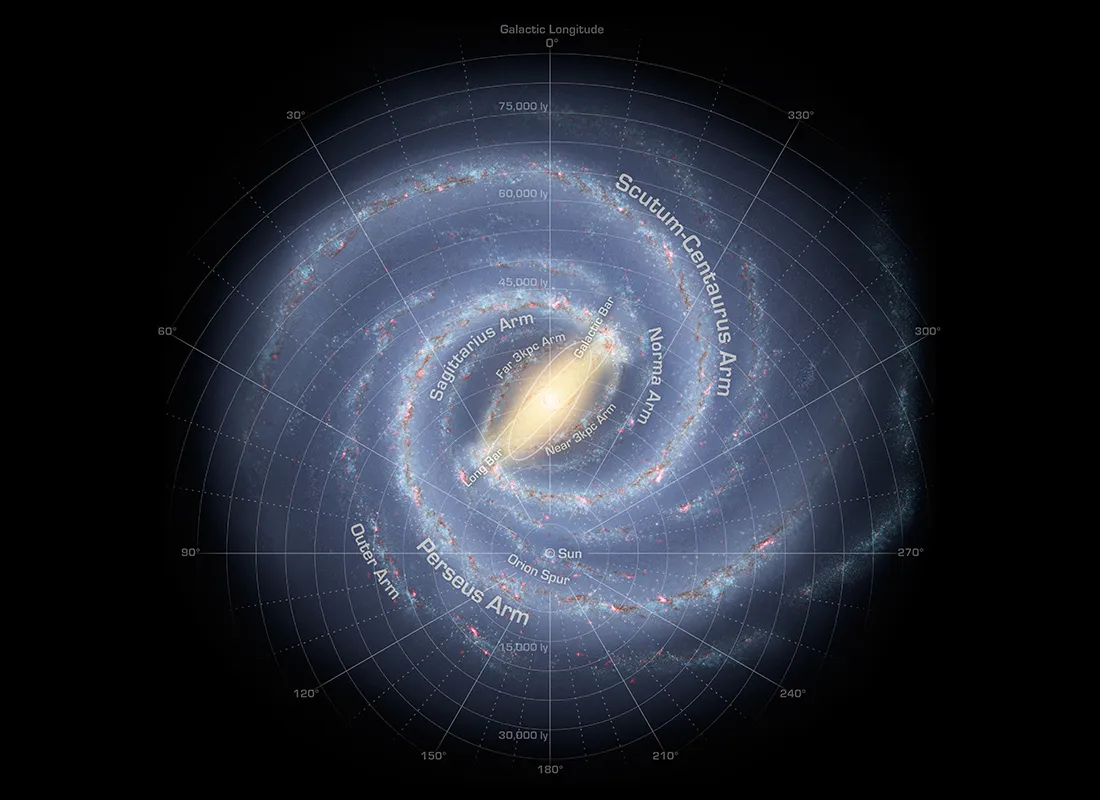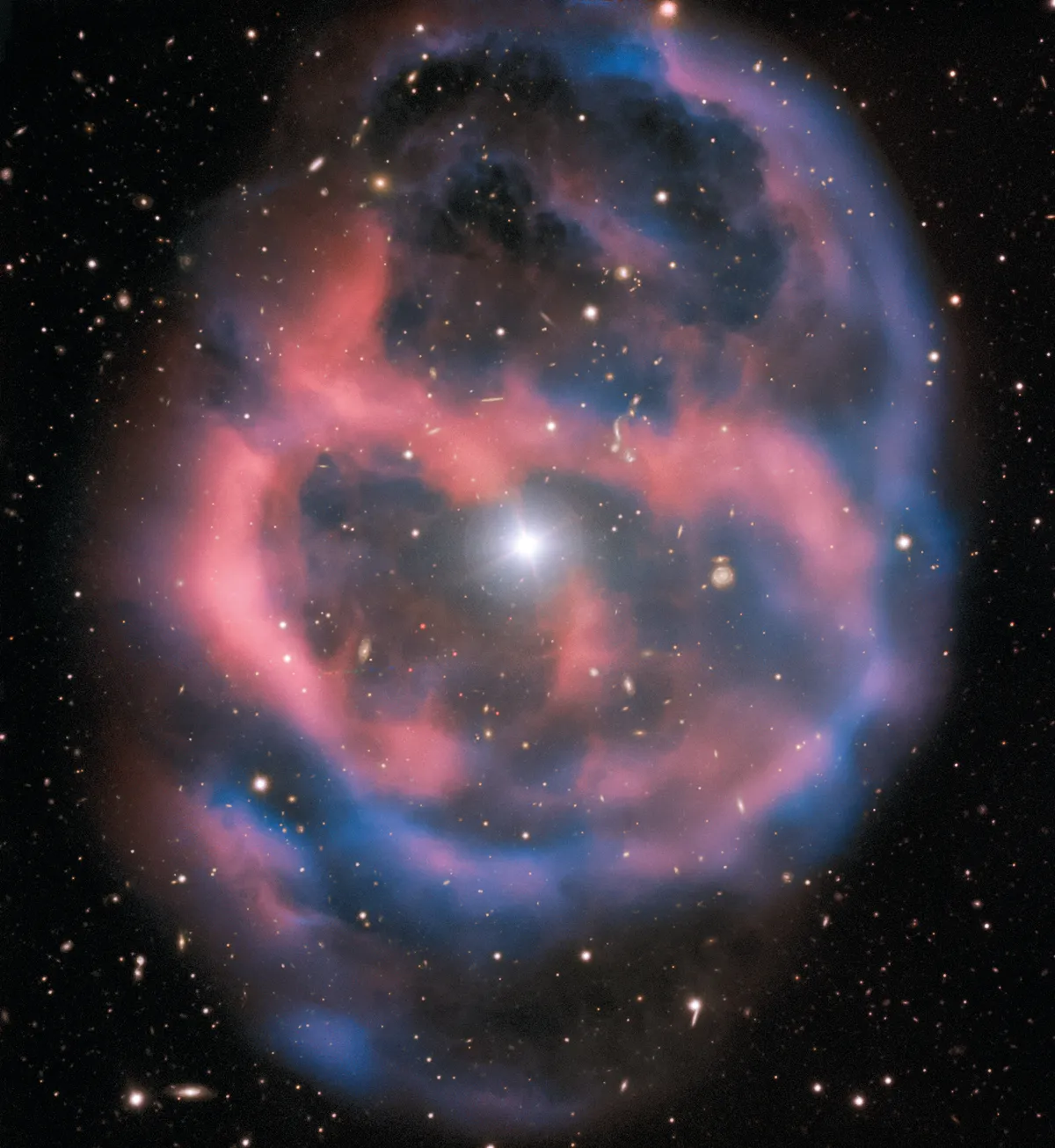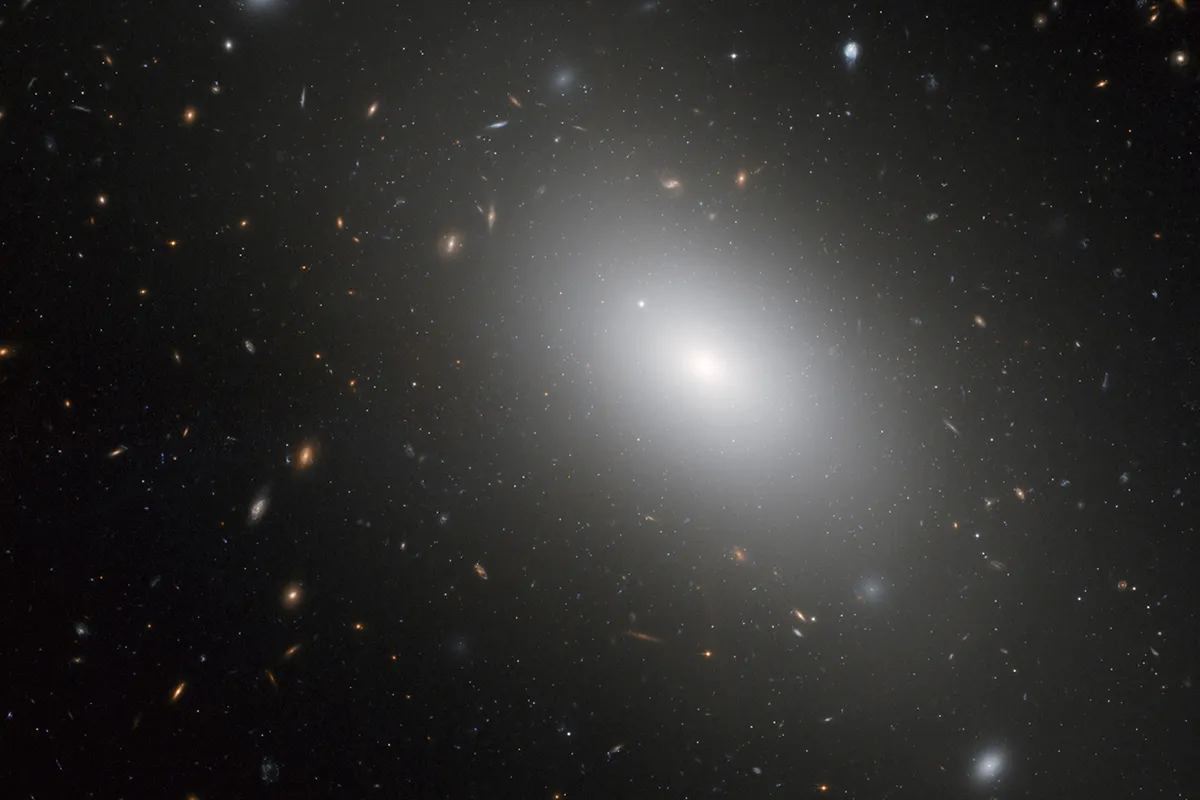What is the rate at which stars are born and die? Are more being born than dying, or vice-versa?
The process of star formation is fairly well understood, involving the coalescence of cosmic gas and dust via gravity.
This builds and grows over time until the cold gas and dust collapses under its own gravity, the density eventually reaching a point high enough to sustain nuclear fusion.
Not everything is understood about how stars form, however, making it an exciting branch of study in astronomy and astrophysics.

But if we're interested in the process by which stars form and die, the question inevitably rises as to which is happening at a faster rate.
Are there more stars dying than being born, or vice-versa?
And if we can understand the rates of star birth and stellar death within our own galaxy the Milky Way, can we then expand these calculations to consider the same rates within the wider Universe?
How many stars are born in the Milky Way?

Star formation within the Milky Way currently involves about 4 solar masses of gas condensing into stars each year.
Since the average star is less massive than the Sun, astronomers believe the Milky Way is producing roughly 7 stars per year.
So far, the Milky Way has converted about 90% of its gas content into stars.
The estimated stellar death rate in the Milky Way suggests that about 2 high mass stars go supernova each century, and 1 low mass star forms a planetary nebula each year.

It would therefore appear that star birth rates are slightly higher than death rates, that more stars die in our Galaxy than are born.
But these are rough estimates as both of these rates are notoriously difficult to measure (mainly due to the presence of gas and dust obscuring large regions of the Galaxy).

Variations across the Universe
In the wider Universe, star formation rates vary from almost zero in elliptical galaxies, to very high rates in so-called starburst galaxies, which have short but intense episodes of star birth.
Starburst galaxies have star formation rates 100–1,000 times what is currently seen in the Milky Way.
So within our galaxy, it seems that more stars are being born than die, but on bigger scales, the picture is still unclear.
This article originally appeared in the November 2007 issue of BBC Sky at Night Magazine.




